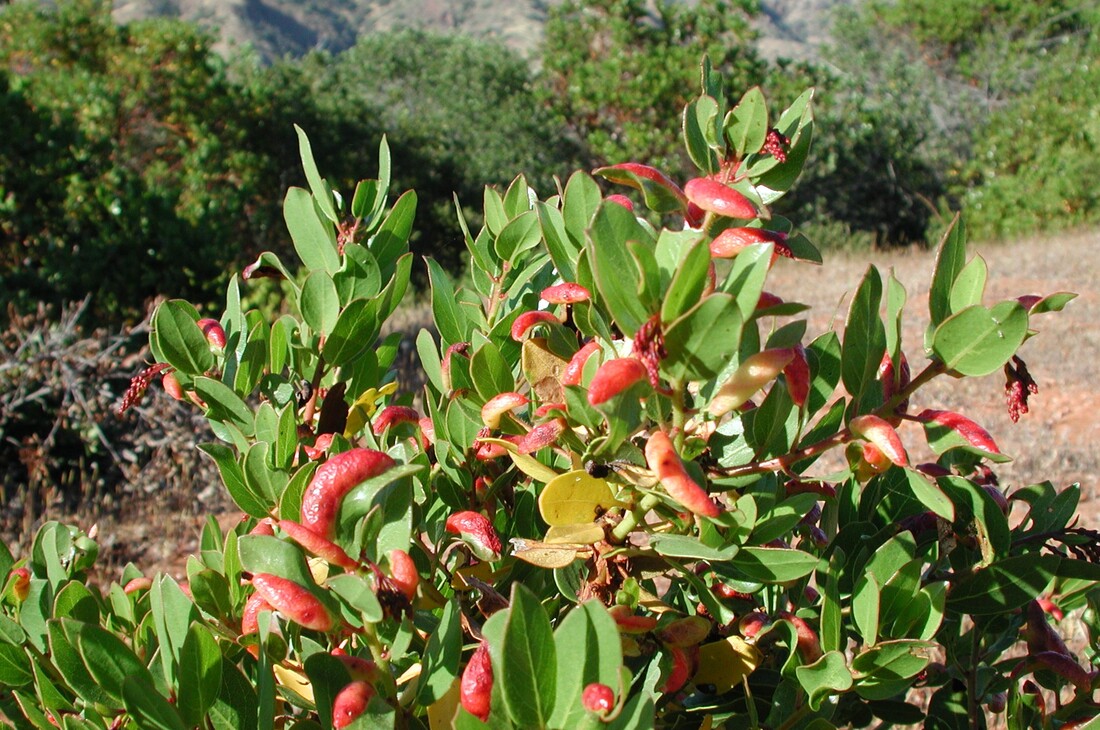2023 update:
The T. coweni genome is nearing completion with sequencing complete and it awaiting curation by the CCGP team. We also submitted 151 samples across the ecoregions of CA for resequencing and have additional samples from outside CA we are sequencing to complement the CCGP project. Our T. inquilinus genome is in the middle of its sequencing run.
The T. coweni genome is nearing completion with sequencing complete and it awaiting curation by the CCGP team. We also submitted 151 samples across the ecoregions of CA for resequencing and have additional samples from outside CA we are sequencing to complement the CCGP project. Our T. inquilinus genome is in the middle of its sequencing run.
|
One of the Manzanita Aphids, Tamalia coweni, is an amazing critter! Native to North America, T. coweni ranges from Baja to Canada and can be found on various species of manzanita (Arctostaphylos spp.)
However, T. coweni is especially common throughout California across many of its ecoregions from the coastal chaparral and nearby mountains, to the Mojave desert, to inland in the central valley and its adjacent forest and mountains. Such diversity in habitat and host make this species a good model to understand how the landscape alters its genome. In collaboration with the California Conservation Genome Project we are sequencing its genome and resequencing individuals found across the state. Together these data will help address the following questions: |
- How do elevational or climatic gradients influence phenotypic plasticity?
- How do host species determine the genetics of their parasites?
- How does fire influence a habitat engineer and its affect on recovery?
- What can we learn about the genes an aphid needs to make a gall?
If you are student interested in pursuing any of these questions in graduate school, please let me know!
This project is a collaboration with up-state Tamalia expert Dr. Don Miller from California State University, Chico. Dr. Miller's expertise and passion are driving us as we expand our questions to understand how T. coweni supports a community of insects. One particular species (and probably species complex) is T. inquilinus, a social parasite that often displaces T. coweni when it moves into galls it is unable to produce itself. Using a comparative genomics framework and landscape information, we are trying to answer the following questions:
- What genes were lost and gained in the transition to inquilism?
- How speciose is Tamalia?
- What environmental context may enable the evolution of a social parasite?

